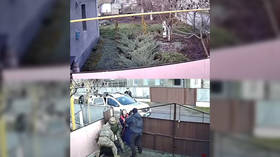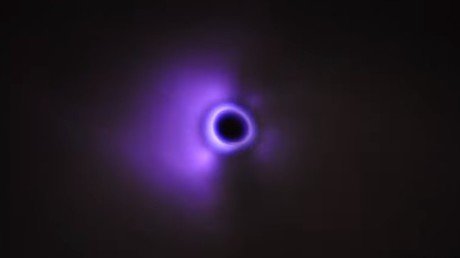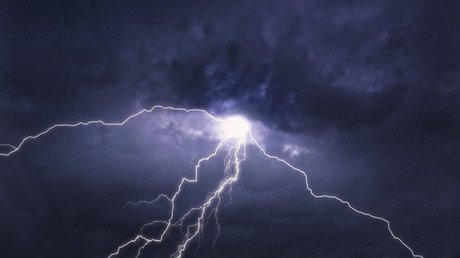Knot the plan: Scientists accidentally unravel mysterious ball lightning puzzle (VIDEOS)

Researchers have shed new light on a decades-old mystery by finally creating ball lightning. The phenomenon is seen only rarely in nature and had never been made before in a lab.
The three-dimensional knot of atoms, which is called a skyrmion, was predicted theoretically over 40 years ago. It has finally been observed in a laboratory by scientists at Amherst College in the United States and Aalto University in Finland.
After the scientists created the knots, which are made up of magnetic spins of atoms in cold quantum gas, they realized it looked strikingly familiar to ball lightning, which is a dramatically long-lived type of lightning.
Researchers have theorized that ball lightning was built by magnetic fields but there was little proof to support the claim. In a paper published in the journal Science Advances the team adds significant weight to the theory. They say that the persistence of the knots could be the reason why ball lightning lives for a surprisingly long time in comparison to a lightning strike.
“It is remarkable that we could create the synthetic electromagnetic knot, that is, quantum ball lightning, essentially with just two counter-circulating electric currents. Thus, it may be possible that a natural ball lighting could arise in a normal lightning strike,”says Dr Mikko Mottonen, one of the leaders of the research.
In an interview with Gizmodo, Mottonen said they weren’t even aiming to recreate ball lightning when they made the discovery. “The biggest moment was when we realized we got the same electromagnetic fields as predicted for ball lightning,” he explained. “We didn’t aim for that. But wow.”
Mottonen did add that more testing was needed before the cause and nature of ball lightning could be definitely stated. “More research is needed to know whether or not it is also possible to create a real ball lightning with a method of this kind,” he outlined.
“Further studies could lead to finding a solution to keep plasma together efficiently and enable more stable fusion reactors than we have now.”
Think your friends would be interested? Share this story!














